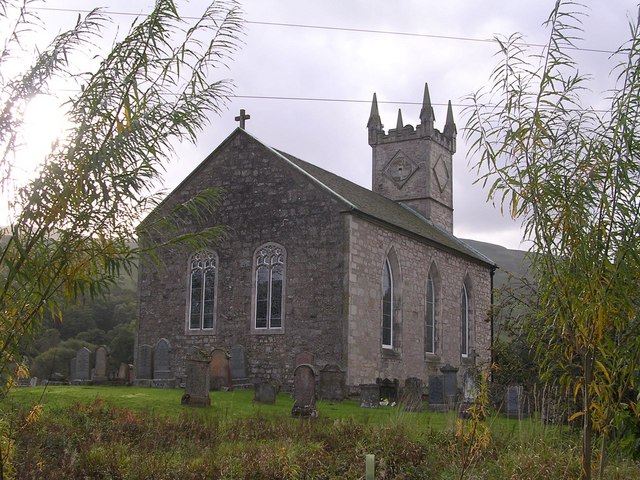|
Robert Graham Of Fintry
Robert Graham of Fintry was the 12th Laird of Fintry near Dundee and was one of Robert Burns's most supportive patrons, correspondent and loyal associate. Appointed a Commissioner of the Scottish Board of Excise he assisted Burns with his Excise career and during his 'loyalty' difficulties. He was a great admirer of his poetry and Burns wrote several epistles to him. Burns referred to him as "''Friend of my Life - True Patron of my Rhymes.''" Life and character He was the son of Robert Graham, 11th Laird of Fintry who died in October 1756 when Robert junior was only seven. He was tutored and then educated in Haddington, followed by St Andrews University. In 1770 he took over and managed the family estate in the old county of Forfarshire until in 1780 he was forced to sell the property because of financial difficulties, although a condition of the sale was that he retained his title. For a time he was the factor to Archibald Douglas of Douglas and the Earl of Strathmore, mana ... [...More Info...] [...Related Items...] OR: [Wikipedia] [Google] [Baidu] |
Fintry, Dundee
Fintry is a housing scheme in Dundee, Scotland. Fintry is located in the north of the city with Mill o' Mains to the west and Whitfield to the east. On the north, Fintry is bordered by farmland, including the Powrie Farm and Powrie Castle (from which one of the pubs in the area derives its name). Local parks include Powrie Park (at the north of the scheme) and Finlathen Park (in a deep valley to the south of the scheme, through which runs the Dighty Burn). Fintry had a population of 6592 in 2011. Customarily, the borders of the scheme are accepted as being: Forfar Road on the west side with Mill O'Mains, Longhaugh Road on the east side with Whitfield and the Dighty Burn on the southern side (inside Finlathen Park). On three of the four sides, and (formerly) half of the north side (see section on Cheviot Crescent and Grampian Gardens), Fintry's borders are defined by three to four storey high tenement blocks. Fintry is served by bus routes 26A, 32, 32B, 33, 33A and 33B known as ... [...More Info...] [...Related Items...] OR: [Wikipedia] [Google] [Baidu] |
Frances Dunlop
Frances Anne Wallace Dunlop (16 April 1730 – 24 May 1815) was a Scottish heiress, landowner, and correspondent and friend of poet Robert Burns. Life Frances was born on 16 April 1730. She descended from a brother of William Wallace, the Scottish patriot, and was the last surviving daughter of Sir Thomas Wallace of Craigie, by his wife Eleonora, daughter of Colonel Agnew of Lochryan. Her only brother died before her father, and on her father's death in 1760 she inherited the property. Previous to this, in 1747 at the age of seventeen, she had become the wife of Mr John Dunlop of Dunlop. She was the patron of Janet Little who published The Poetical Works of Janet Little, The Scotch Milkmaid. Relationship with Burns She made the acquaintance of Burns in the winter of 1786, shortly after the publication of his first Kilmarnock volume. Having read the '' Cottar's Saturday Night'' in a friend's copy while recovering from a severe illness, she was so delighted with it that sh ... [...More Info...] [...Related Items...] OR: [Wikipedia] [Google] [Baidu] |
George Thomson (1757–1851) By Henry Raeburn (1756-1823)
George Thomson may refer to: Government and politics * George Thomson (MP for Southwark) (c. 1607–1691), English merchant and Parliamentarian soldier, official and politician * George Thomson, Baron Thomson of Monifieth (1921–2008), Scottish politician; former Labour MP and peer * George Thomson (Canadian politician) (1855–1920), Scottish-born merchant, official and political figure in British Columbia * George Walker Thomson (1883–1949), Scottish trade unionist * George Thomson, Lord Thomson (1893–1962), Scottish politician and judge Sports * George Thomson (footballer, born 1854) (1854–1937), Wales international footballer * George Thomson (rugby) (1856–1899), English rugby union footballer who played in the 1870s and 1880s * George C. Thomson (1888–1976), American football player, lawyer and banker * George Thomson (footballer, born 1936) (1936–2007), Scottish footballer (Hearts, Everton, Brentford) * George Thomson (Scottish footballer) (fl. 1930s, Aberd ... [...More Info...] [...Related Items...] OR: [Wikipedia] [Google] [Baidu] |
The Theatre Royal Frontage, Dumfries, Scotland
''The'' () is a grammatical Article (grammar), article in English language, English, denoting persons or things that are already or about to be mentioned, under discussion, implied or otherwise presumed familiar to listeners, readers, or speakers. It is the definite article in English. ''The'' is the Most common words in English, most frequently used word in the English language; studies and analyses of texts have found it to account for seven percent of all printed English-language words. It is derived from gendered articles in Old English which combined in Middle English and now has a single form used with nouns of any gender. The word can be used with both singular and plural nouns, and with a noun that starts with any letter. This is different from many other languages, which have different forms of the definite article for different genders or numbers. Pronunciation In most dialects, "the" is pronounced as (with the voiced dental fricative followed by a schwa) when fol ... [...More Info...] [...Related Items...] OR: [Wikipedia] [Google] [Baidu] |

.png)